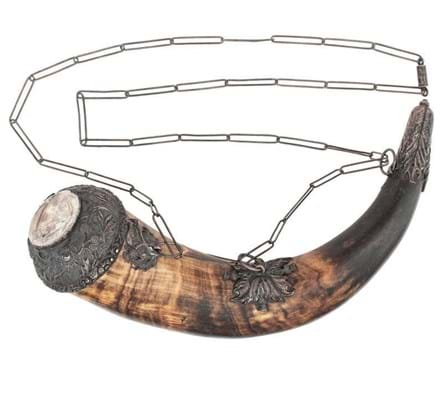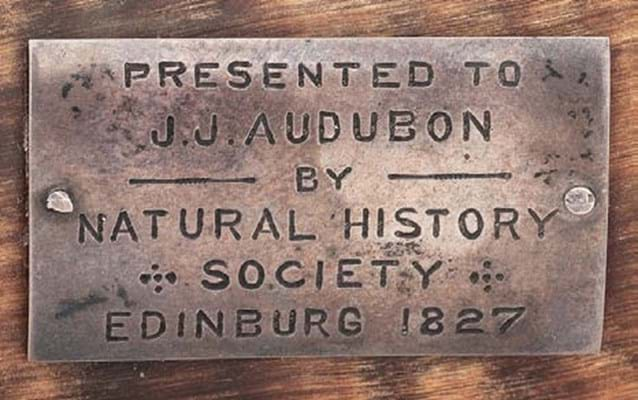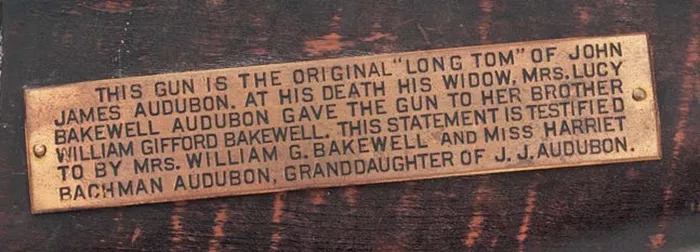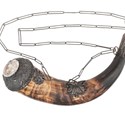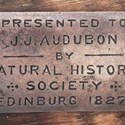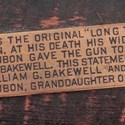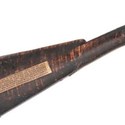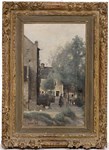The buyer at Cowan’s in Cincinnati on October 6, who bid a double-estimate $160,000/£123,000 (plus 20% buyer’s premium), certainly believed it was.
Throughout his frontier travels, Audubon relied upon his guns for safety, to provide food for his family, and to shoot the bird specimens that filled The Birds of America.
He owned many guns during his lifetime. His shotgun resides in the American Museum of Natural History in New York and a muzzle-loading percussion-cap shotgun hangs in the Princeton University Library.
However, this late 18th century English fowling rifle – a ‘Long Tom’ with a lock plate stamped Galton – is thought to be the only one in private hands. It came for sale with an unbroken line of descent from Audubon to the present owner.
It is probable that many, if not most, of the birds depicted in The Birds of America were shot with this gun.
Favourite firearm
References to his ‘Long Tom’ are found in Audubon’s journal, while family lore marks this as a favourite firearm used in the early 1820s when the first drawings for a bibliographic masterpiece were made.
The gun was offered with a Scottish powder horn with silver fittings and faceted cairngorm that, as indicated by a presentation plaque, was given to Audubon when invested as a ‘foreign’ member of the Wernerian Natural History Society of Edinburgh in 1827.
It was here that Audubon, unable to find a patron in America, was welcomed into the British scientific community and introduced to the Scottish engraver William Home Lizars (1788-1859) who produced some of his first copper plates for publication in 1827.
The society’s minutes for December 16, 1826 document a paper given on the turkey buzzard: “Mr Audubon being present, afterwards shewed to the Society his mode of fixing recently killed birds in various attitudes.”
Also ‘present’ that day was a young naturalist by the name of Charles Darwin.


